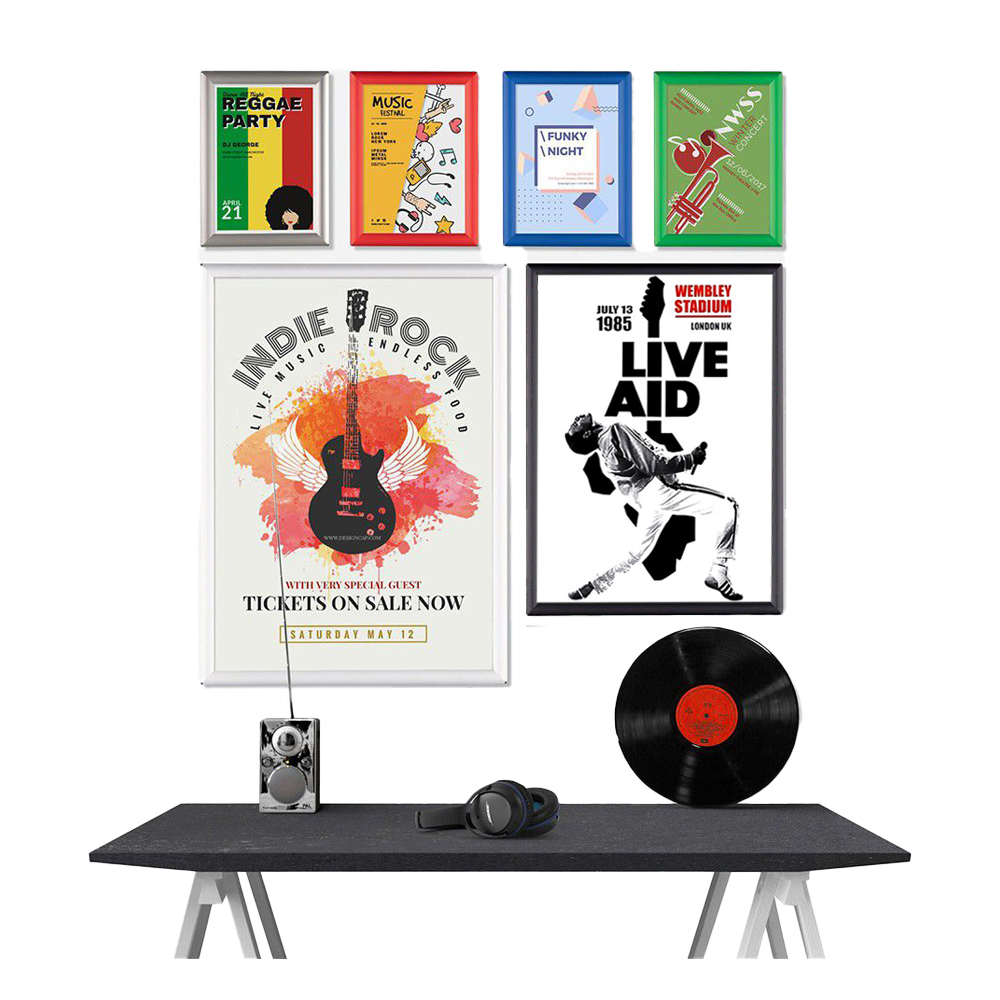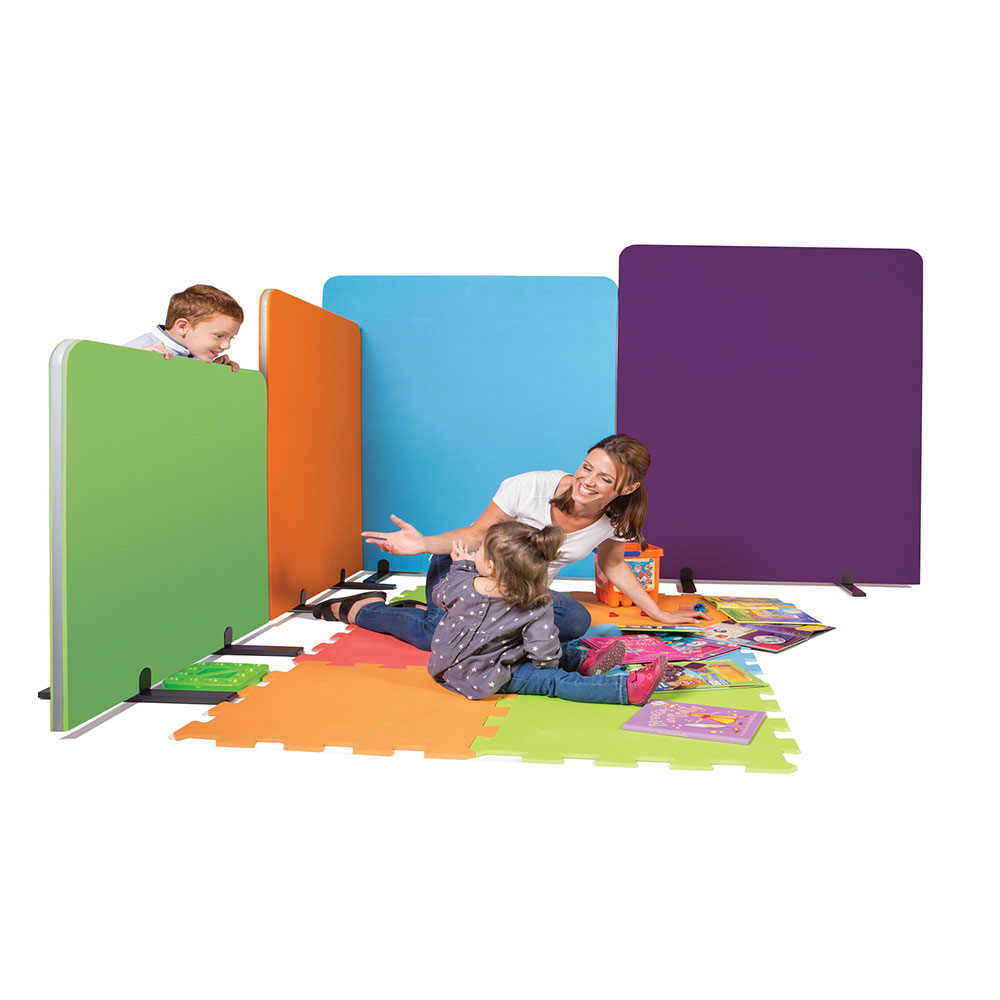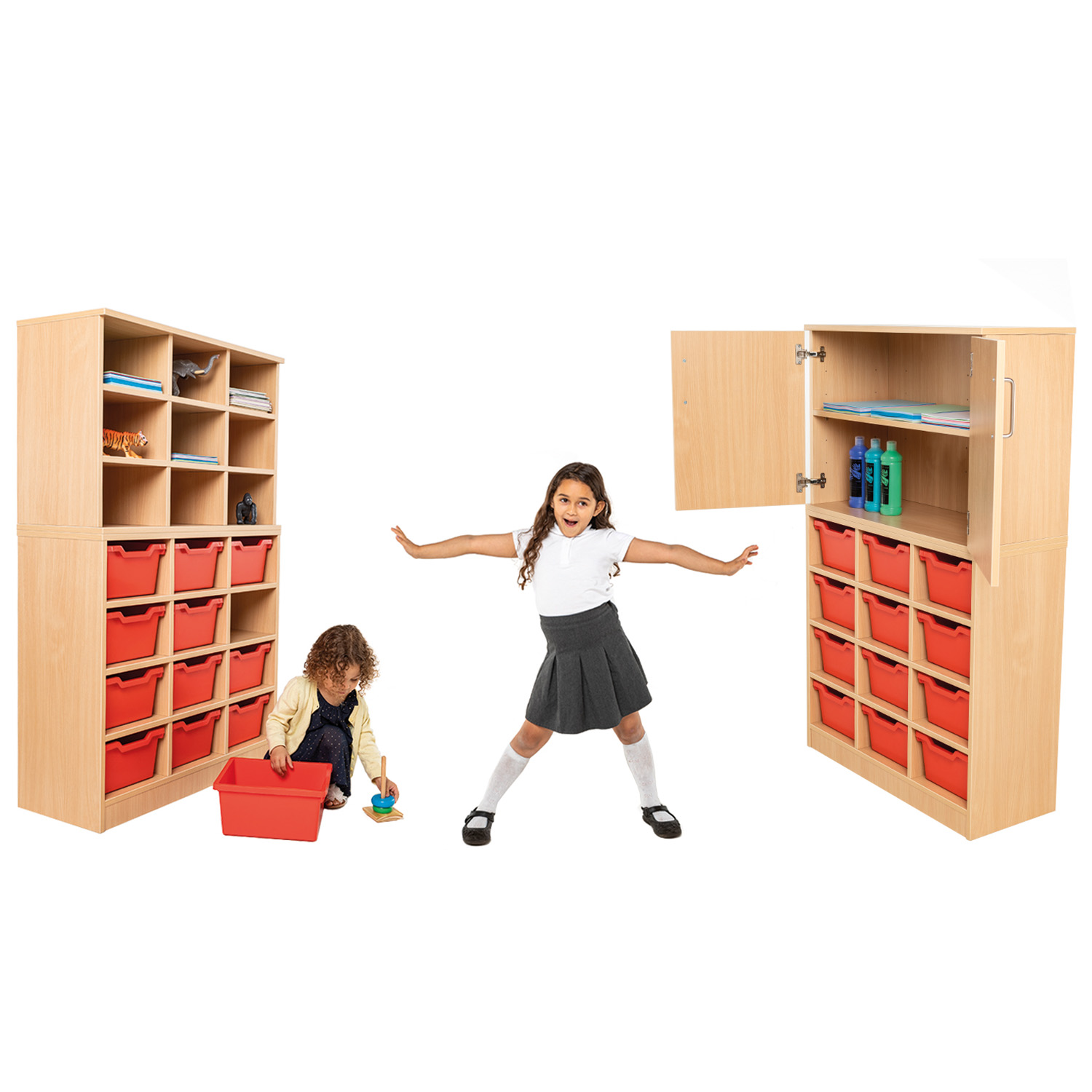How to Keep Your Business COVID Secure

With the world emerging from an unprecedented pandemic, the national mood reflects that of high anxiety, having got used to the familiarity of our own four walls. As we begin the return to a working normality, systems and practices must adjust accordingly.
Before we can even consider the move back to work, there’s a checklist of tasks employers must complete. The first being a committed risk assessment based on Government requirements. This will include physical changes to the workplace, cleaning the workplace and equipment, checks of sufficient PPE and also forms of social distance and hygiene training. You will also need to decide who to prioritise on returning to the workplace in a gradual manner, in relation to the size of your space.
Aside from staff, customers and visitors should also be limited to minimise contact with the workplace and the outside abyss. Finally, hygiene at work has never been so important, with a call for more hand-washing, surface cleaning and for more hand sanitiser dispensers to be placed methodically around the workplace.
Despite this ‘one size fits all’ advice, each sector will differ in their approach. Follow this industry-based guide on how to keep your business COVID secure.
Hospitality Guide to What equipment you need to be COVID Secure

Much to our dismay, the hospitality industry has taken quite a hit in the wake of COVID-19. To get places such as hotels, bars and restaurants back up and running as we remember and adore them to be, certain precautions must be taken.
The spectrum of touchpoints in hospitality varies greatly, disproportionately affecting the need for stricter health measures. For example, visiting a hotel will require high service in relation to a self-sufficient stay at a guest house. Government advice states that hotels should consider the use of hand sanitiser at reception desks and screens where possible.
They also mention that lift use should be kept to a minimum, and using signage to advise on safe usage. Guest houses give you more control over your own space, so for those more on the anxious side, this may be a more viable option. This being said, equipment such as hand sanitisers, and signage will have to be put in place to allow for the best experience under the circumstances. This would also differ again from recreational facilities such as amusement parks.
Advice here states that guest communication is imperative, with requirements of attraction maps displaying hygiene stations, and ample signage. Also, making use of intangible communication methods such as social media to show safety measures taken, and updated news and information.
Undoubtedly, for many in hospitality, the main fly in the ointment lies with the thought of fending off inevitable crowds of rowdy pub drinkers and dedicated holidaymakers. Consider outdoor queueing with a pole and barrier systems, guaranteed to bring order to the chaos.
Office Guide to What equipment you need to be COVID Secure

Office-based work has also plummeted due to the dangers of the close proximity of staff. However, for those missing life behind the desk its not all doom and gloom, as there are ways to allow for the return without causing a stir.
Government guidance states that an increase in hand-washing should take place, positioned at the entrance to the premises; putting your employees’ minds at rest knowing they are returning to a hygienic environment. It is also a great alternative to the endless bathroom dashes to scrub your hands to “Happy Birthday” – twice.
Also on the list is the use of screens and barriers to separate staff and back-to-back or side-to-side working where possible. Information is also given about arrival and departure from work, including various entry points to relieve congestion, providing additional parking and bike racks, and providing more storage for workers clothes and bags.
In terms of maintaining a clean office, the Government recommends frequent cleans, specifically high touch areas such as door handles and keyboards, printers and whiteboards.
Retail Guide to What equipment you need to be COVID Secure
Government guidance states that an increase in hand-washing should take place, positioned at the entrance to the premises; putting your employees’ minds at rest knowing they are returning to a hygienic environment. It is also a great alternative to the endless bathroom dashes to scrub your hands to “Happy Birthday” – twice.
Also on the list is the use of screens and barriers to separate staff and back-to-back or side-to-side working where possible. Information is also given about arrival and departure from work, including various entry points to relieve congestion, providing additional parking and bike racks, and providing more storage for workers clothes and bags.
In terms of maintaining a clean office, the Government recommends frequent cleans, specifically high touch areas such as door handles and keyboards, printers and whiteboards.
Retail Guide to What equipment you need to be COVID Secure

The realisation of COVID-19 became visually apparent with the closing of shops and dwindling of buzzing town centres. Retail did become one of the earlier sectors allowed to open on the 15th of June, and with promising signs of increased sales, ignites further requirements for rigorous safety provisions.
General advice states that hand sanitiser facilities should be present at the entrance of premises, and also that monitoring of shop flow should be maintained and queue management implemented where possible. Before you even enter many retail spaces, information has been released to safeguard both staff and customers. This includes working with local authorities to create additional parking and facilities such as bike racks, and also having staff manning outdoor queues to ensure no risks for customers, such as traffic on a busy high street.
Also the consideration of staggering opening hours in liaison with local authorities, to reduce the strain on public transport and prevent overcrowding. Along with this, advice is also given for maintaining cleanliness, such as regular cleans of self-checkouts, trolleys, coffee machines and staff handheld devices where regular contact is made. In terms of handling stock, contactless returns can be made by customers, coverings will go on large items such as furniture, and also returned items will go into quarantine for a 48 hour period before returning to the shop floor.
During these exceptional times, everything feels thrown out of whack for everyone involved. Maintaining order will keep the peace and encourage hands back into those pockets.
General advice states that hand sanitiser facilities should be present at the entrance of premises, and also that monitoring of shop flow should be maintained and queue management implemented where possible. Before you even enter many retail spaces, information has been released to safeguard both staff and customers. This includes working with local authorities to create additional parking and facilities such as bike racks, and also having staff manning outdoor queues to ensure no risks for customers, such as traffic on a busy high street.
Also the consideration of staggering opening hours in liaison with local authorities, to reduce the strain on public transport and prevent overcrowding. Along with this, advice is also given for maintaining cleanliness, such as regular cleans of self-checkouts, trolleys, coffee machines and staff handheld devices where regular contact is made. In terms of handling stock, contactless returns can be made by customers, coverings will go on large items such as furniture, and also returned items will go into quarantine for a 48 hour period before returning to the shop floor.
During these exceptional times, everything feels thrown out of whack for everyone involved. Maintaining order will keep the peace and encourage hands back into those pockets.
Manufacturing Guide to What equipment you need to be COVID Secure

The manufacturing and production sector has remained one of the few given the green light to continue in operation throughout lockdown. Along with the rigorous safety standards already in place in this sector, advice has been given to ensure the site is COVID-19 safe.
This includes partitioning off areas and limiting user numbers where possible. To enforce social distancing, user numbers should be reduced in passenger lifts, construction hoists and painters’ cradles.
Where machinery, shift handovers and maintenance tasks are concerned, limiting physical interaction is encouraged, which can be recorded using handover log sheets and remote telephone calls.
This includes partitioning off areas and limiting user numbers where possible. To enforce social distancing, user numbers should be reduced in passenger lifts, construction hoists and painters’ cradles.
Where machinery, shift handovers and maintenance tasks are concerned, limiting physical interaction is encouraged, which can be recorded using handover log sheets and remote telephone calls.
For safety surrounding mobile plant, guidance is given to clean after every use with formal cleaning at the end of every shift. If you’re worried about maintaining this, consider installing a key card access system for entry to such vehicles, and to prevent handling of ignition keys by multiple users. With a long list of safety restrictions already in place for this sector, just take these as mere additions to the impossibly long list.
Museums and Galleries Guide to What equipment you need to be COVID Secure

Along with the other sectors, the Museums, Galleries and Heritage Centres have also suffered significantly, thriving on visitors coming and going through their doors frequently. Some have chosen to move online due to obvious safety reasons, however this option served as a second-best in the hope of reopening. Now that this sector has been given the OK, institutions can begin making preparations for the ‘new normal’.
Based on Government advice, museums must employ timed tickets to be pre-booked to reduce backlogs of eager visitors. One-way routes should be clearly marked, and cleaning regimes adhered to. Also, the audio guides handed out may have to be revised, and instead consider apps for personal devices. Heritage centres follow the same path with one way systems and contactless payments.
Adrian Searle for the Guardian states that ‘everything has an aura now, and not just the art’. Although there is a warm welcome for the return of these centres, there remains paranoia around the how this will be achieved in the current climate. With feasible changes based on Government advice, keeping the public in the loop and providing information instils a sense of trust, and will ease the transition back into life before covid-19.
Based on Government advice, museums must employ timed tickets to be pre-booked to reduce backlogs of eager visitors. One-way routes should be clearly marked, and cleaning regimes adhered to. Also, the audio guides handed out may have to be revised, and instead consider apps for personal devices. Heritage centres follow the same path with one way systems and contactless payments.
Adrian Searle for the Guardian states that ‘everything has an aura now, and not just the art’. Although there is a warm welcome for the return of these centres, there remains paranoia around the how this will be achieved in the current climate. With feasible changes based on Government advice, keeping the public in the loop and providing information instils a sense of trust, and will ease the transition back into life before covid-19.
To view our full range of COVID secure products click here.








